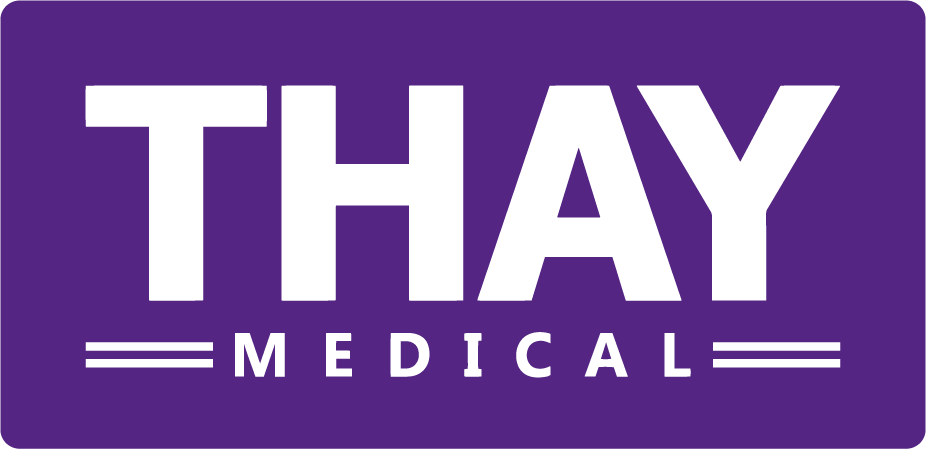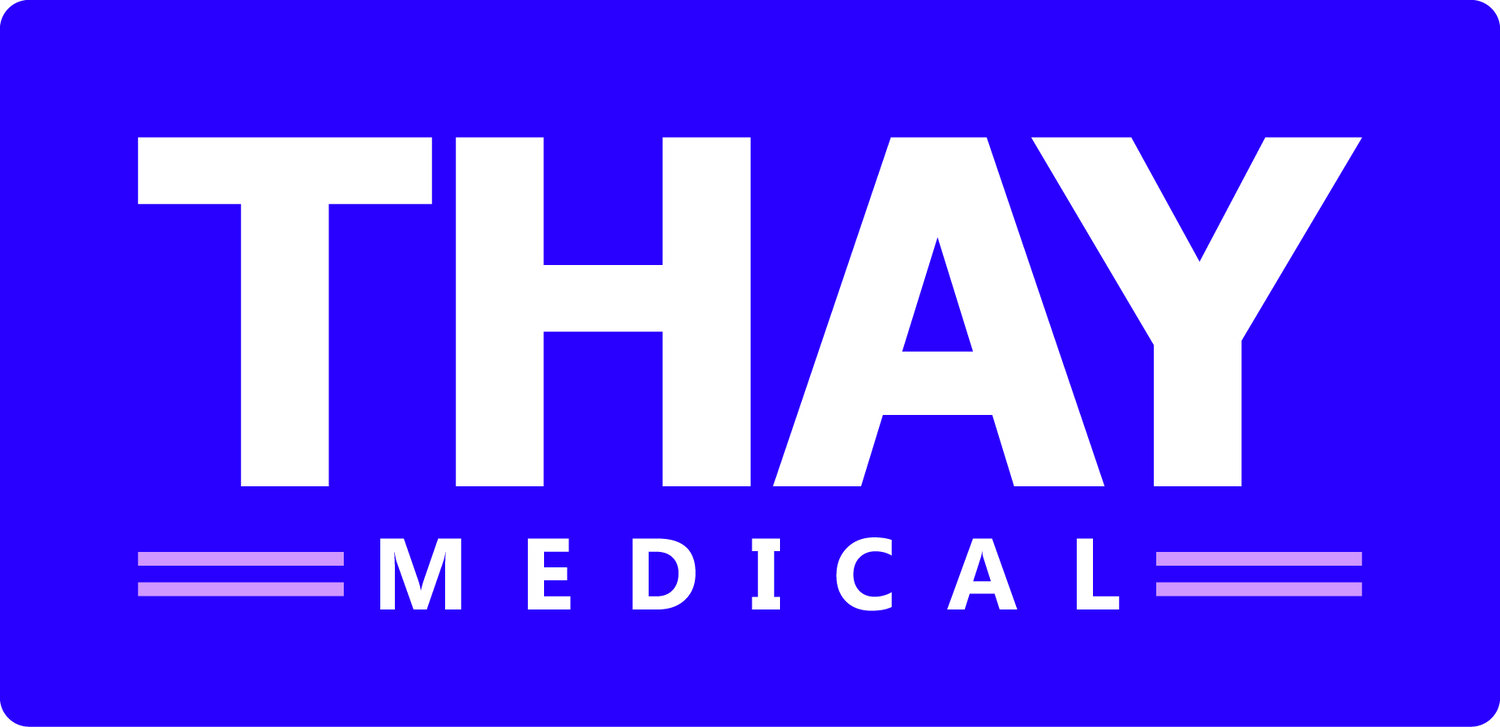Interesting insights from our latest Summative Usability Study!
Reading time required: 3 minutes.
THAY Medical have been busy since day one with assisting pharmaceutical organisations with developing drug-device combination products and ensuring users, patients and consumers can easily use them. They should be straightforward since many combination devices are simple and logical in operation (compared to more complex medical devices), but we do know there are challenges to overcome to ensure compliance, freedom from under/over-dosing and needle-stick injuries and maintaining a positive use experience each time a combination product is used.
Introduction
With one of our latest projects which focused upon a pre-filled syringe (drug device combination product), with packaging and the usual additional user information, we thought we would write about some learning we had from the collaboration with our European-based sponsor. The exercise was to perform a Summative Usability Study – we have performed nearly fifty of these in ten years, so we know a little bit on how to perform them efficiently and safely. The location used was in London, UK and an actual clinic used as the use environment – removing the bias of simulation considerably.
Firstly, the Summative Usability Study was very successful in many ways – especially with validating the use scenarios of administering an injection multiple times into a simulated patient. In addition to using an actual clinic, we also used the highest fidelity of patient mannequin we possess – with some study participants quite impressed by its realism, especially with the skin layers, their life-like elasticity, thickness and feel. Using model makers who normally make prosthetics and mannequins for use in films and television results in very much more realism than a typical CPR mannequin!
Study results
We evaluated many types of Healthcare Professional and only a few use errors were detected in the administration of the drug product – primarily due to current clinical practices which do vary. There was a difference in behaviour and training levels between participants who work in hospitals and clinics, primarily due to training methods but also attitudes to making the patient as comfortable as possible. All Healthcare Professionals appeared to prioritise the patient first and themselves second when it came to safety and use experience.
When it came to understanding knowledge around safety, we evaluated the Instructions for Use. Unusually, more participants than we expected actually wanted to read the Instructions for Use than we normally find in Usability Studies, and we gauge this down to the novelty and innovation in the drug product, rather than the combination device. With this, we found that the success in answering safety-related questions on the product was very high and although there were some incorrectly answered questions, the root causes were generally determined to be clinical-practice related.
Could the Instructions for Use change this result? Possibly over time, but for a first-time use of a new combination product, the impact was minimal, and it would be inhuman to have no incorrectly answered questions in a Knowledge Task Assessment and Instructional validation! Only artificial intelligence would get every question correct – depending of course on the input data! Humans will be humans and generally get the most important safety information was understood and learnt. And that is the purpose of having clear and concise information in the Instructions for Use – to aid learning for the reader.
We found that the main challenge to alter the current clinical practice with recording patient injection records (injection type, brand, quantity, date, batch number, expiration etc). This combination product included a high-quality paper-based booklet for the patient to have as a record, which was included the injection records once completed by the Healthcare Professional. This means the injection record is with the provider and the patient which is a progressive step forward in our view. We did record some use errors with Healthcare Professionals filling in this booklet since it was a new practice to do this for them – many stated that they would just print off the electronic injection record for the patient if asked for it. This would ensure that a patient would have a record of every injection as well as the hospital or clinic (who would keep it in their electronic patient records).
All patients records appear to be digital with some cloud based. Also, there were many different electronic record databases used – there was little commonality with hospitals and clinics having in some cases their own individual electronic record systems. This either limits the patient to using one hospital or clinic, or it means the patient needs to hold their own records or contact the hospital or clinic each time they need the information. It could use a little commonality for the future or a designed solution such as an integrated personal app they could use on their phone.
Finally, when it came to the injection itself, we observed and recorded that the depression of the syringe plunger, with the fine gauge needle was actually very easy for participants, with some commenting on this in a very positive manner. What they may not have realised is the engineering that went into this – to get the balance between drug viscosity, the internal bore of the syringe and needle, the internal syringe silicone lubrication for the plunger and many other elements that make up this balance. This is credit to the filling manufacturer and engineers who focus upon this. It is of high value to get right in our opinion, since it makes a large contribution to the use experience.
Lessons learnt and future insight
In summary, the lessons we learnt were:
Healthcare Professionals inject with ease nearly all the time. [ = High user performance in administration]
Healthcare Professionals know most safety-related knowledge since it is their job to work safely. [ = High general knowledge around use safety]
Most Usability Studies result in low numbers of participants reading Instructions for Use, but this Summative Usability Study was an exception. We think this was down to the high-quality Instructions for Use booklet (multi-language) that was developed and in combination, the novelty on the drug product.
Paper-based injection records for the patient are adjunctive to electronic injection records and new in the clinical practice.
Engineering focusing upon the very easy delivery of the drug product makes an impact on the use experience with users, not just one time but every time.
Conclusion
The Summative Usability Study was performed successfully within the schedule, budget and including the needed number of study participants, in an actual use location, with the context of use recreated to give positive results on the user performance and use safety of this drug-device combination product. We hope that this insight was useful!
_________________________________________________________________________________________________________________________________________________________________
Who wrote this insight?
Our Author today was: Greg Thay, Founder, Principal Human Factors Consultant.
Greg is our founder and principal - leading THAY Medical with thirty years of experience in medical devices, pharmaceutical and diagnostic products and AI. Greg has a passion for quality in healthcare. His strong belief is that we are all end-users of medical products and that we should all have the highest standards of looking after each other, regardless what we do in life individually. This belief leads Greg to focus the THAY Medical team to deliver each collaboration time after time, exceeding expectations and assisting to develop cutting-edge, innovative and usable medical products. Often the most successful products are the most usable ones!
If you want to discuss this blog post, please reach out to Greg below - I am sure he would love to hear from you!
Or, if you would like to know more on our services, please reach out to us below also! We would love to hear from you!


